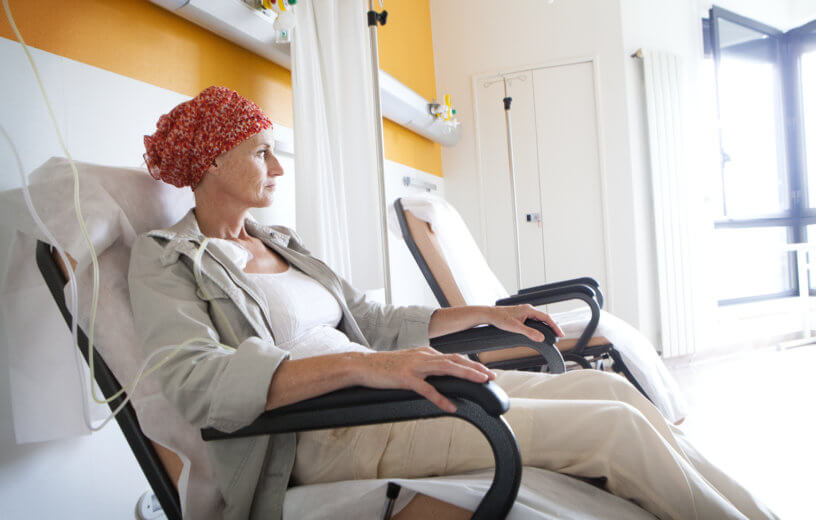DAEJEON, South Korea — While chemotherapy is one of the most common forms of cancer treatment, it often kills healthy cells in the process. Now, a team of South Korean researchers says timing is everything when it comes to killing cancer cells. Their results show found that receiving the treatment in the afternoon decreases mortality rate by over 12 times and cancer recurrence by nearly three times.
Recently, “chronochemotherapy” has piqued the interest of scientists around the world. The concept describes the idea of timing drug administration when the body is able to best withstand its harshness, and while cancer cells are most vulnerable to attack. The concept has yet to be applied in real-world clinical settings because there is no clear method for determining the best time for delivery.
To get one step closer, researchers at the Institute for Basic Science studied 210 patients suffering from Diffuse large B-cell lymphoma (DLBCL), a blood cancer caused by lymph tissue cells turning cancerous. The condition breaks down into either Hodgkin’s lymphoma and non-Hodgkin’s lymphoma, with DLBCL falling into the latter group and making up about 30 to 40 percent of cases. At Seoul National University Hospital, DLBCL patients received R-CHOP (which includes various targeted therapies and chemotherapy) on two different schedules. Patients received treatments four to six times in the morning or afternoon every three weeks at either 8:30 a.m. or 2:30 p.m.
The team discovered that female patients treated in the afternoon saw a reduction in their risk of death, going from 25 percent to two percent. They also had a decrease in cancer recurrence, dropping from 37 percent to 13 percent. They also less commonly experienced side-effects like neutropenia, which is when the body goes into “fever mode” due to an abnormally low white-blood cell count. Interestingly, researchers did not find the same results in male patients.
How are male and female cancer patients different?
To understand these differences, the researchers analyzed close to 14,000 blood samples from the Seoul National University Hospital Health Examination Center. They found that for females, white blood cell count tends to be low in the morning and higher in the afternoon. This means that their bone marrow is more active in the morning, meaning that receiving chemotherapy during that time is more likely to induce adverse effects. On the other hand, males didn’t demonstrate such variations throughout the day, which is likely why treatment time didn’t matter for them.
“We plan to verify the conclusions of this study again with a large-scale follow-up study that completely controls confounding variables, and to confirm whether chemotherapy has similar effects in other cancers,” concludes Koh Young-il, principal investigator and oncologist at Seoul National University Hospital in a media release.
The findings are published in the journal JCI Insight.

